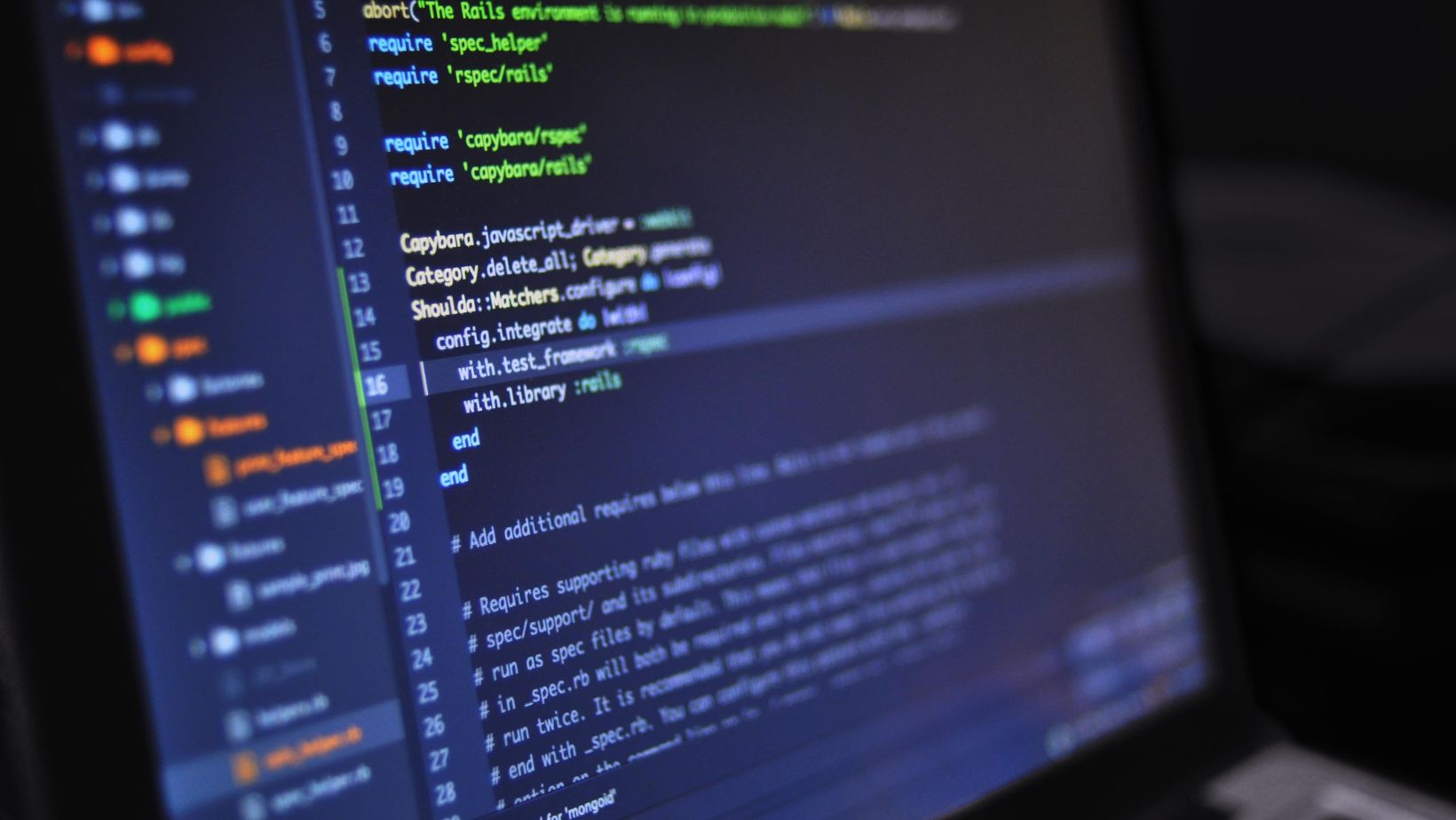
Software security is very important today, especially in the digital era. The increase in cybercrime activities such as hacking and data loss means that one must make sure that there are no open holes in his or her software that can be exploited by hackers. However, what does it mean to code securely, and how can one do this well?
Understanding Secure Coding
Writing software with security in mind is known as secure coding. It encompasses different approaches and systems that are meant to make the program function properly without allowing any openings for hackers. Secure coding practices, for example, aid in the mitigation of threats like SQL injections, cross-site scripting (XSS), and buffer overflows.
Implementing secure coding from the beginning of the software development lifecycle can save time, resources, and protect your organization’s reputation. This is where the concept of mvp in software development comes into play. By focusing on creating a minimum viable product (MVP), developers can iterate and enhance security features progressively without compromising the software’s core functionality.
Key Principles of Secure Coding
Input Validation
It is very important to validate input when programming securely. To prevent attacks such as SQL injections and cross-site scripting, it is important to ensure that every input is examined and stripped off where necessary. For instance, if we have a strong validation of input in place, then it would be able to discard all the anomalies, such as strange characters and data typing, that may enhance vulnerabilities in the system and/or application if not considered properly.
Authentication and Authorization
Secure coding necessitates the presence of strong authentication and authorization mechanisms. Authentication confirms the users’ identity, whereas authorization checks if the users have been permitted to use some particular resources.

One way of enhancing security is through the implementation of multi-factor authentication (MFA) which makes unauthorized access difficult. A well-created RBAC with appropriate roles guarantees that users can avail themselves of and access only what is needed for their tasks.
Secure Data Storage
Data protection measures should be applied both to data in transit and at rest. When sensitive information is encrypted first before being kept either within databases or files, this guarantees that the plain form will remain incomprehensible even if it is wrongfully obtained. Secure data storage practices also involve the use of robust cryptographic algorithms and the secure handling of encryption keys.
Error Handling and Logging
It is important to handle mistakes well and keep records for security purposes so that we can know and solve security problems. Mistakes should be handled in a way that does not show the end user all of the interesting nuts and bolts that could give hackers an upper hand in their attacks, but how can we prevent this from happening? These logs will enable the tracking of odd events including those of sensitive nature hence enhancing security; they also aid in responding quickly to such issues. Nevertheless, there is a need to protect the log itself from tampering as well as unauthorized use or even access.
Regular Security Testing
It is important to continuously test the security of software during development. Some of the ways that can help in determining weaknesses at an early stage include, but are not limited to constant security testing such as static code analysis, dynamic analysis, and penetration testing among others.

There are available automated security testing tools that, when well incorporated into the development process will keep reminding the programmers about the safety measurements taken.
The Human Element in Secure Coding
While technical measures are essential, the human element in secure coding should not be underestimated. Regular training and awareness programs for developers ensure they stay updated on the latest security practices and emerging threats. Encouraging a culture of security within the development team promotes the proactive identification and mitigation of potential vulnerabilities.
Conclusion
Secure coding is more than just a technical requirement; it is a basic measure that helps secure your software from vulnerabilities. Through incorporating secure coding practices like input validation, strong authentication, safe data storage, appropriate error handling, and regular security testing one can greatly improve the security posture of his or her software. It is important to remember that integration of these methodologies into the very first stages, especially working with MVP, will guarantee a good base for further improvements and security features in the future.















